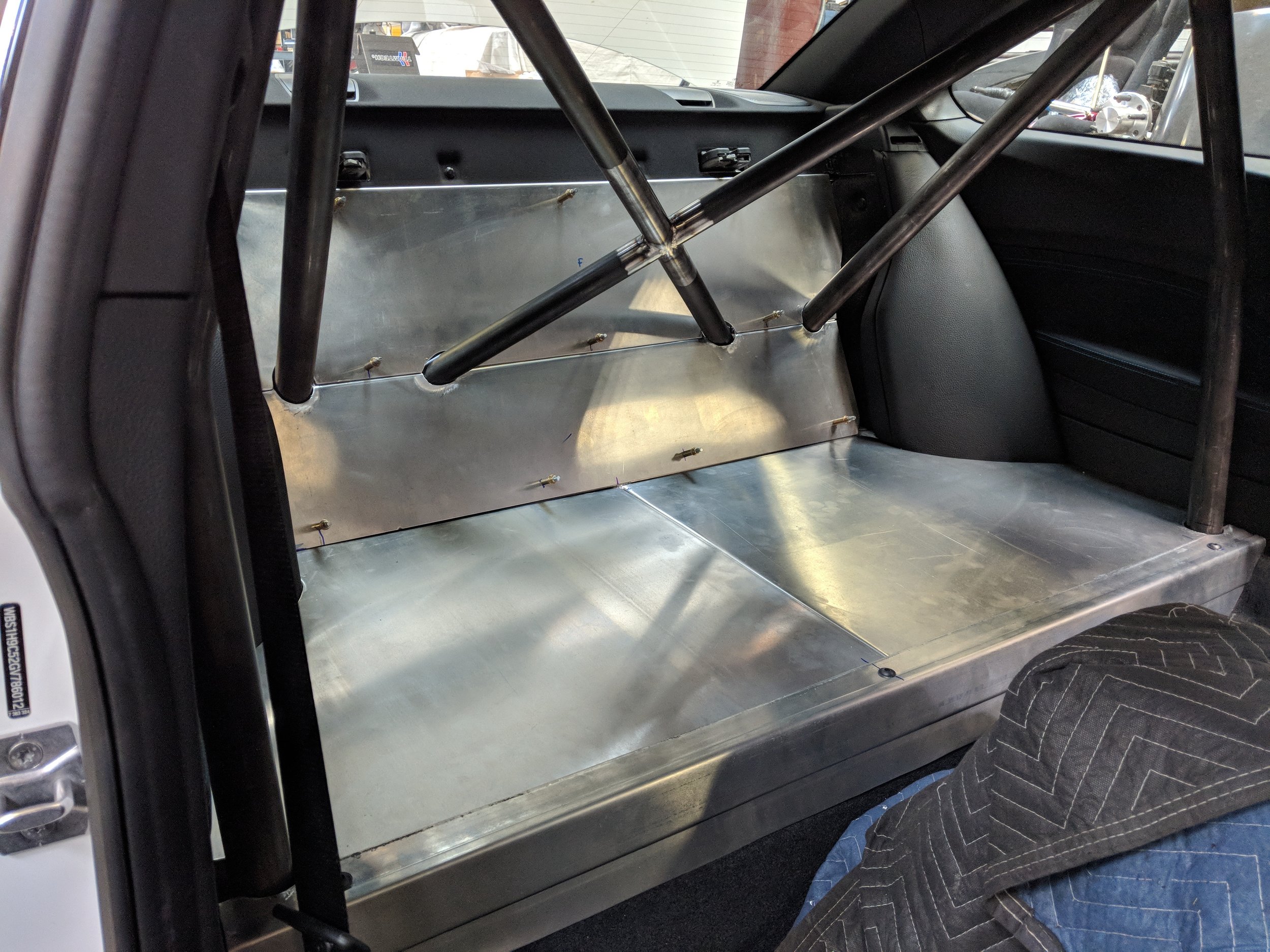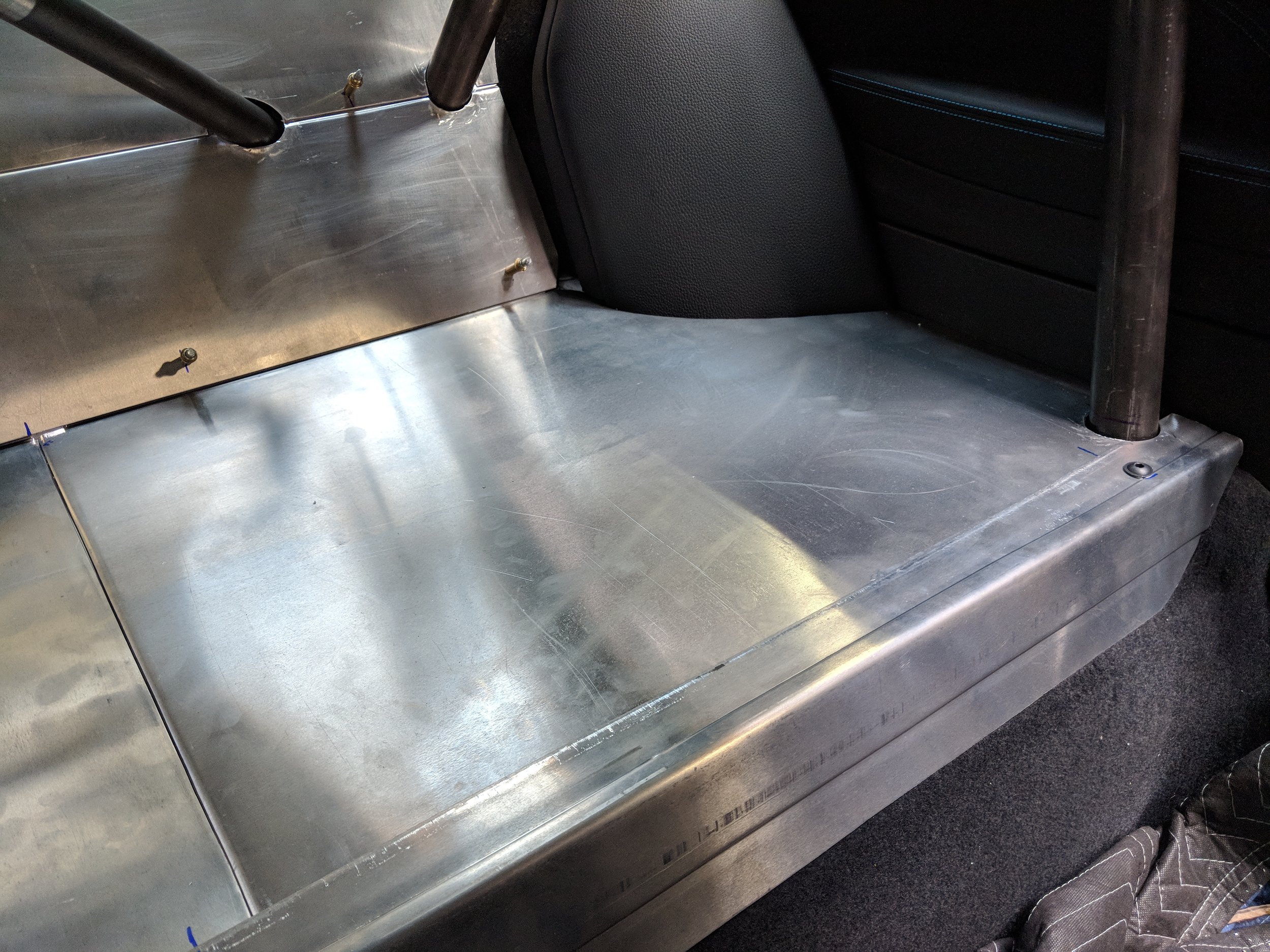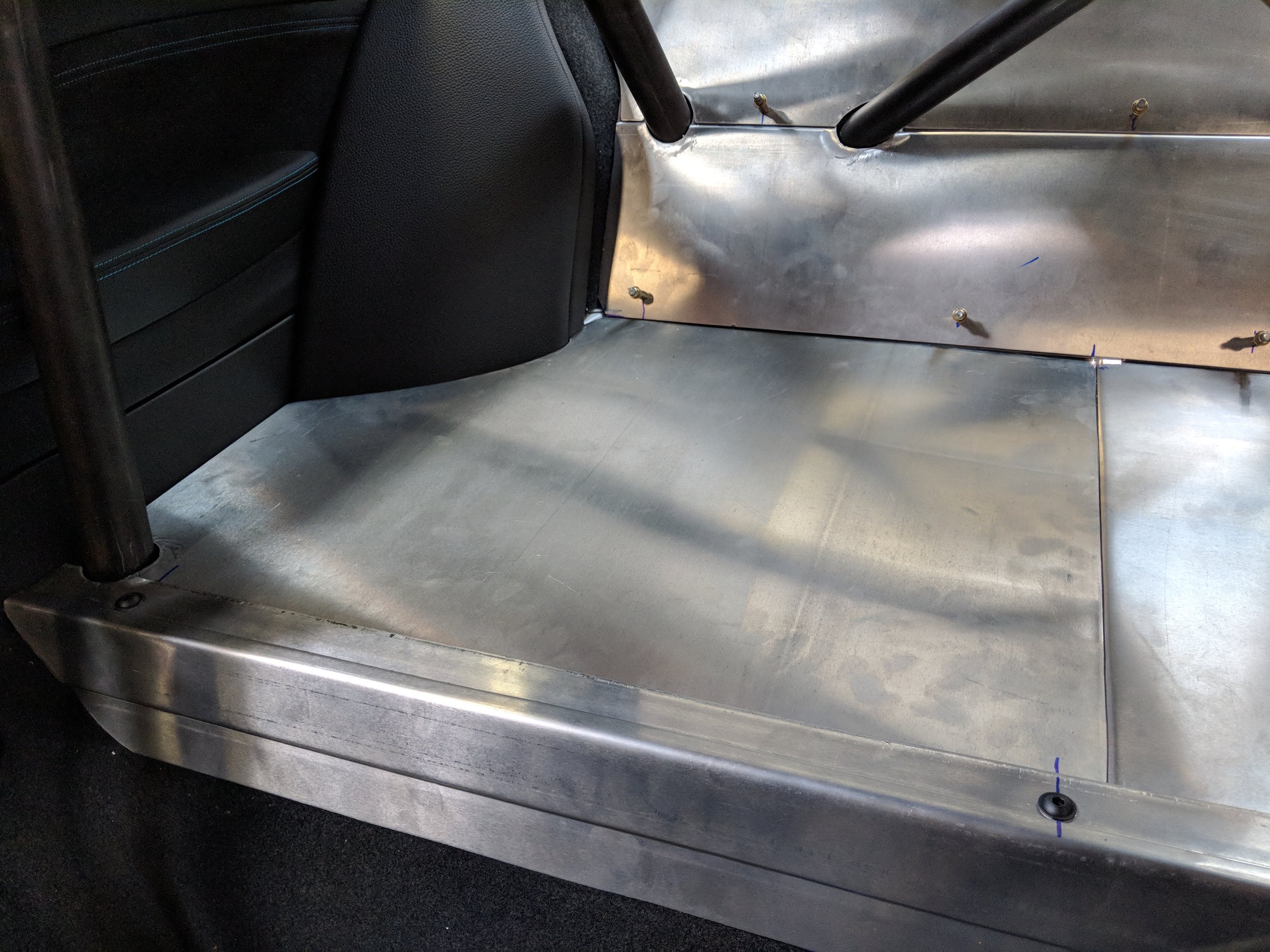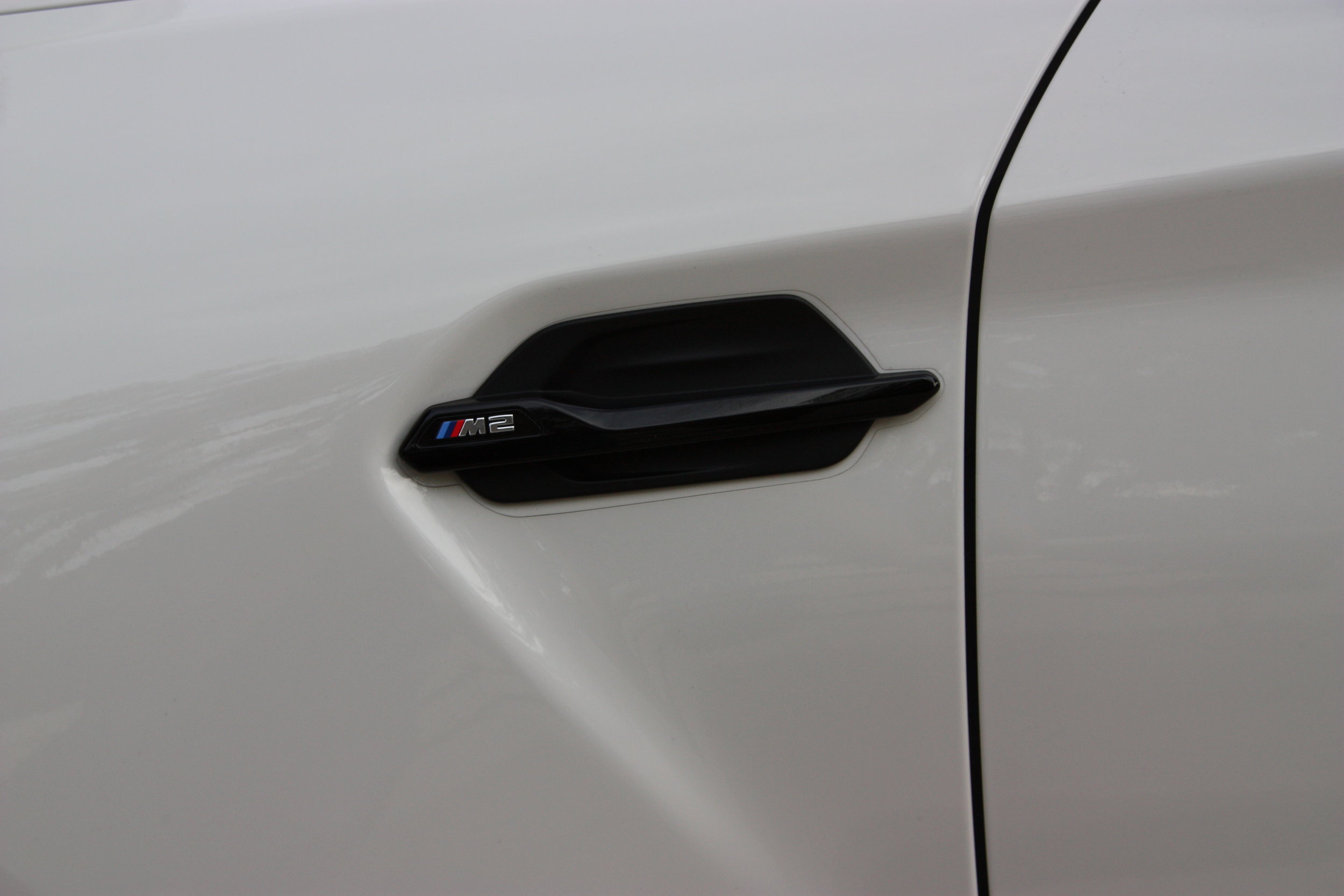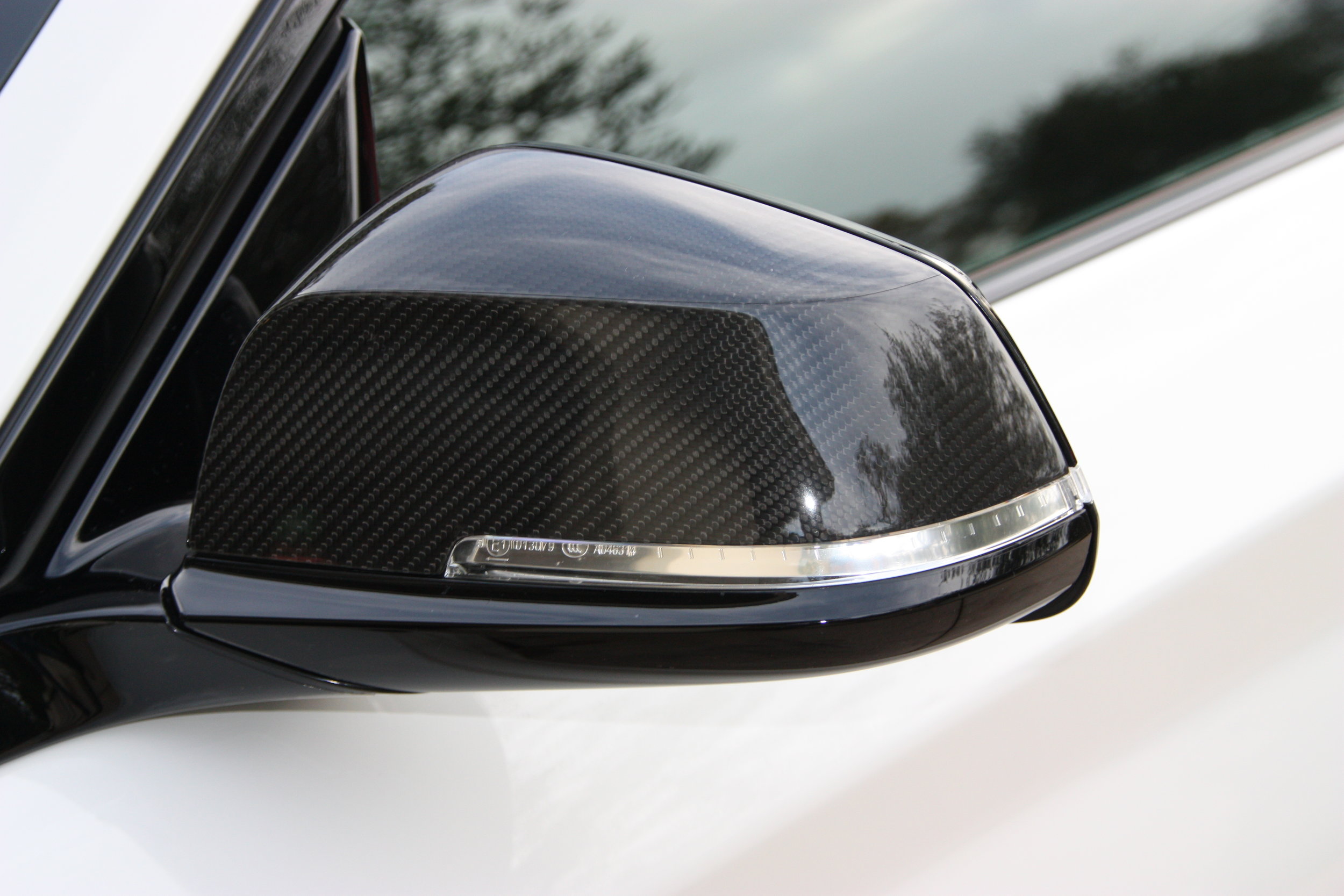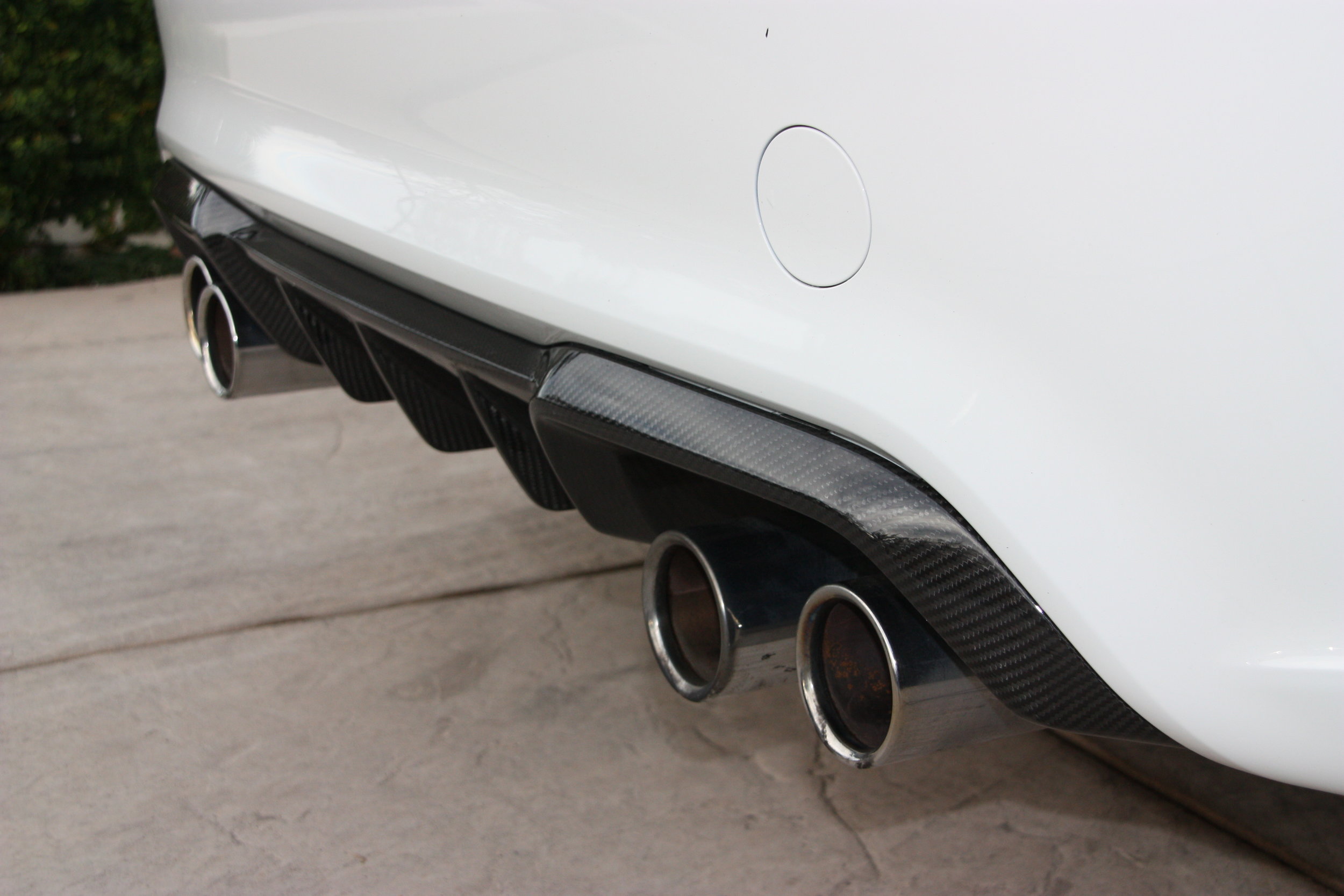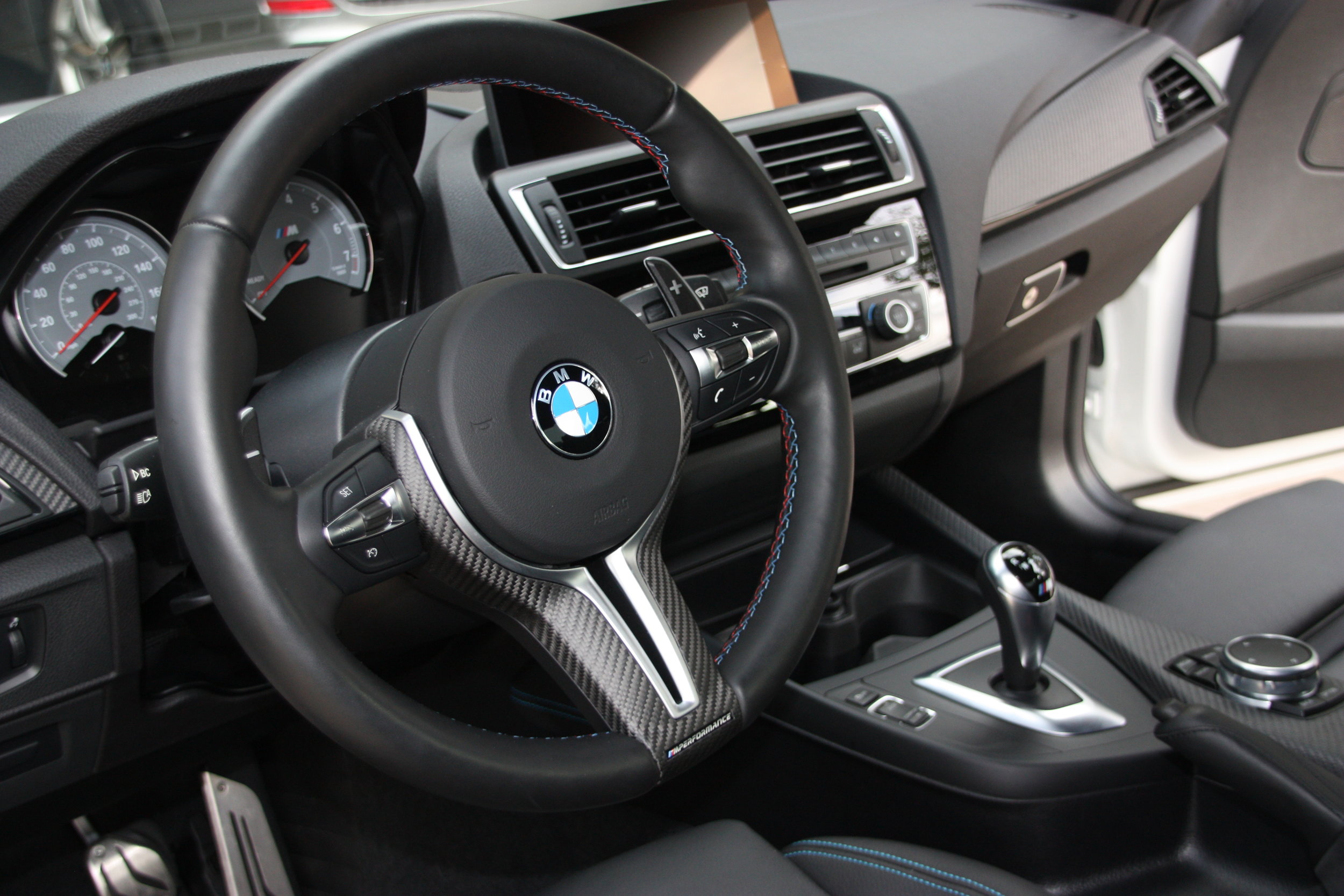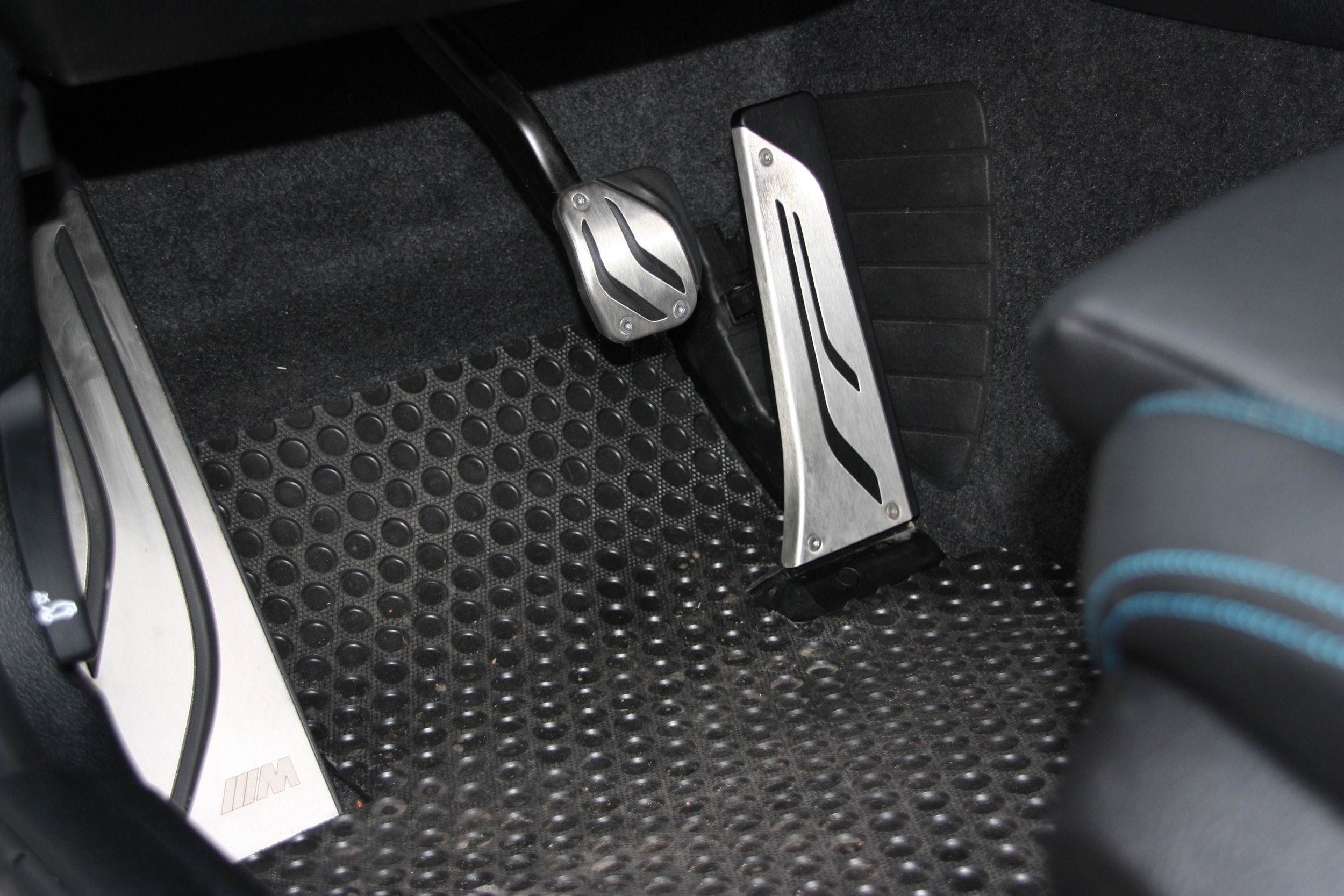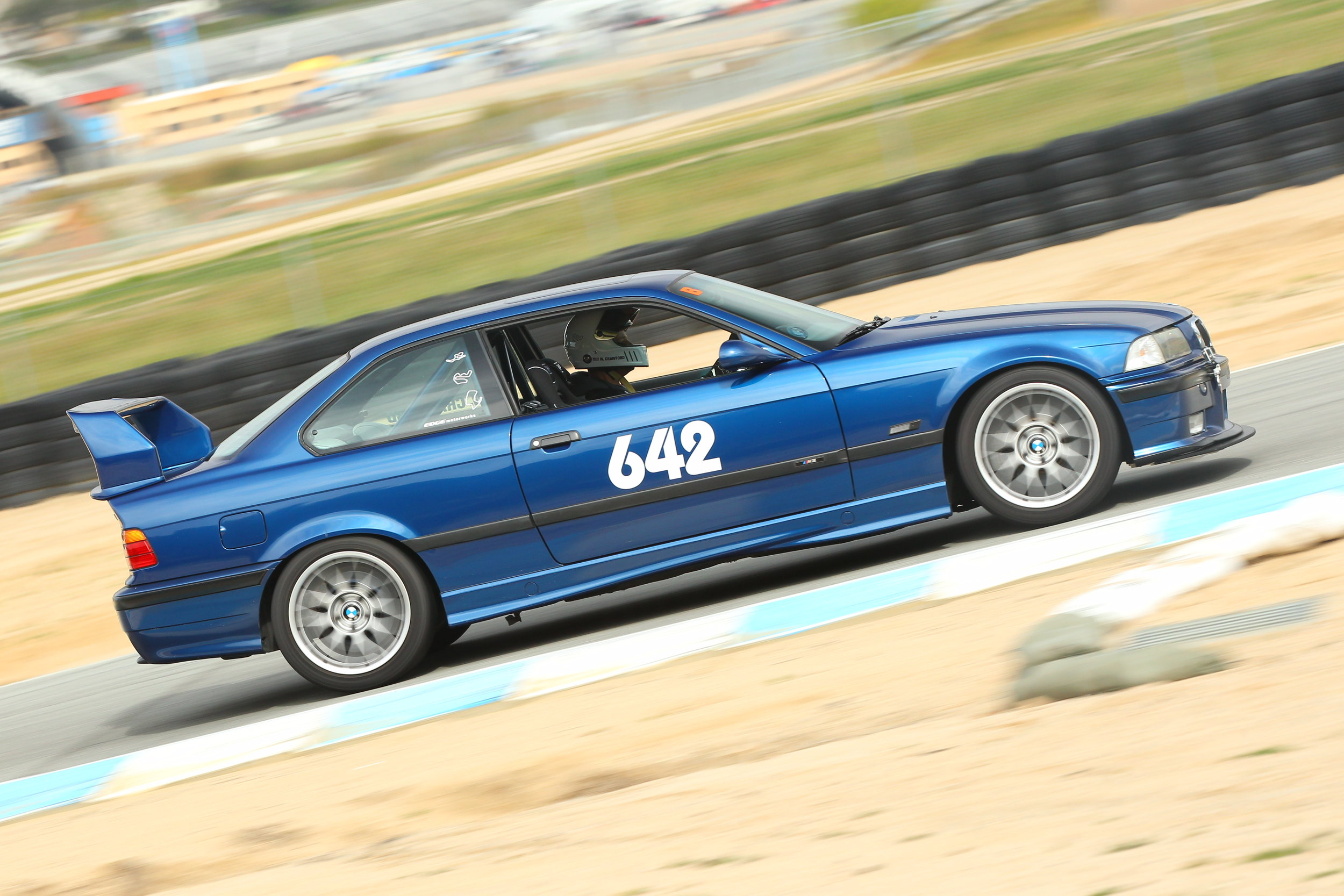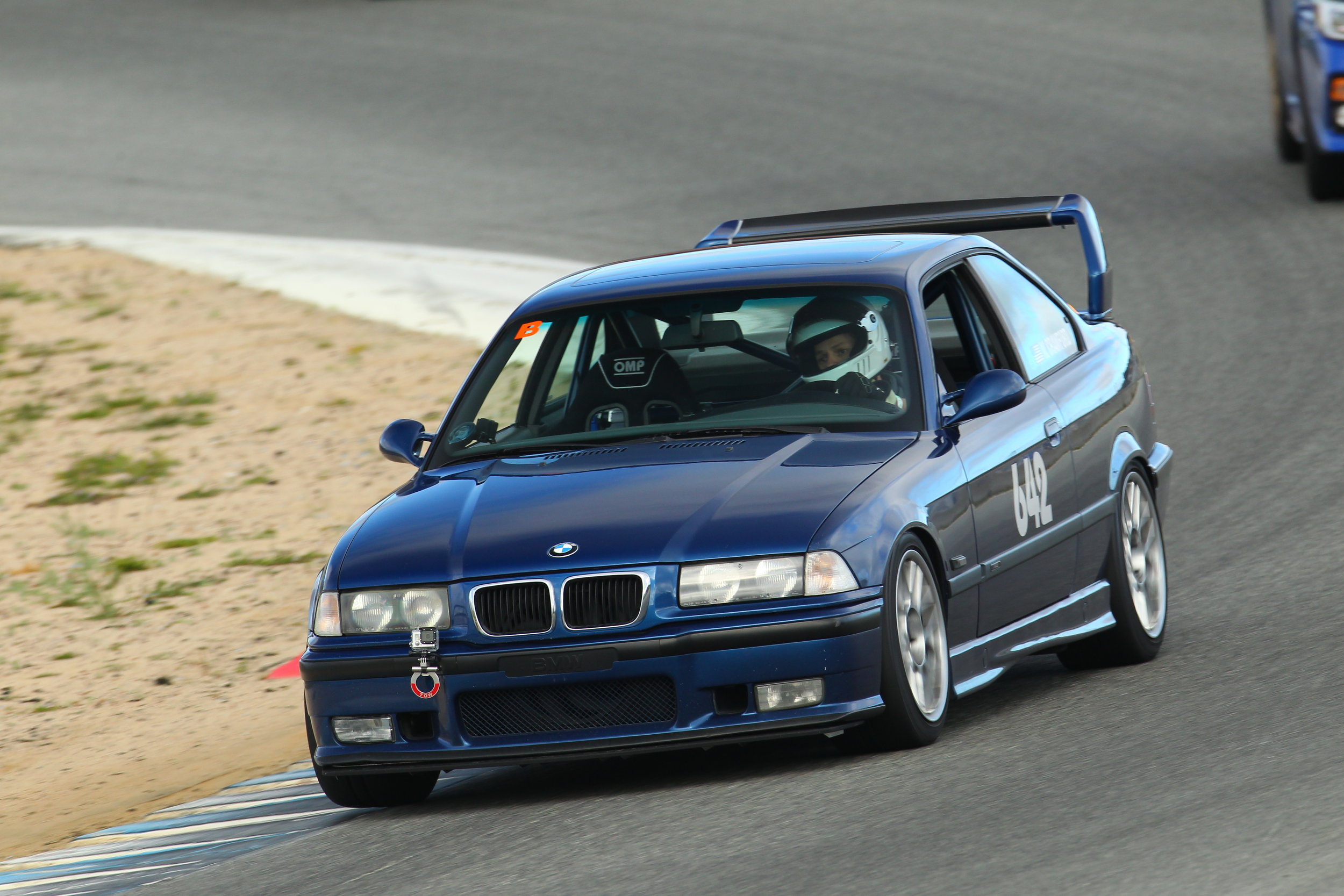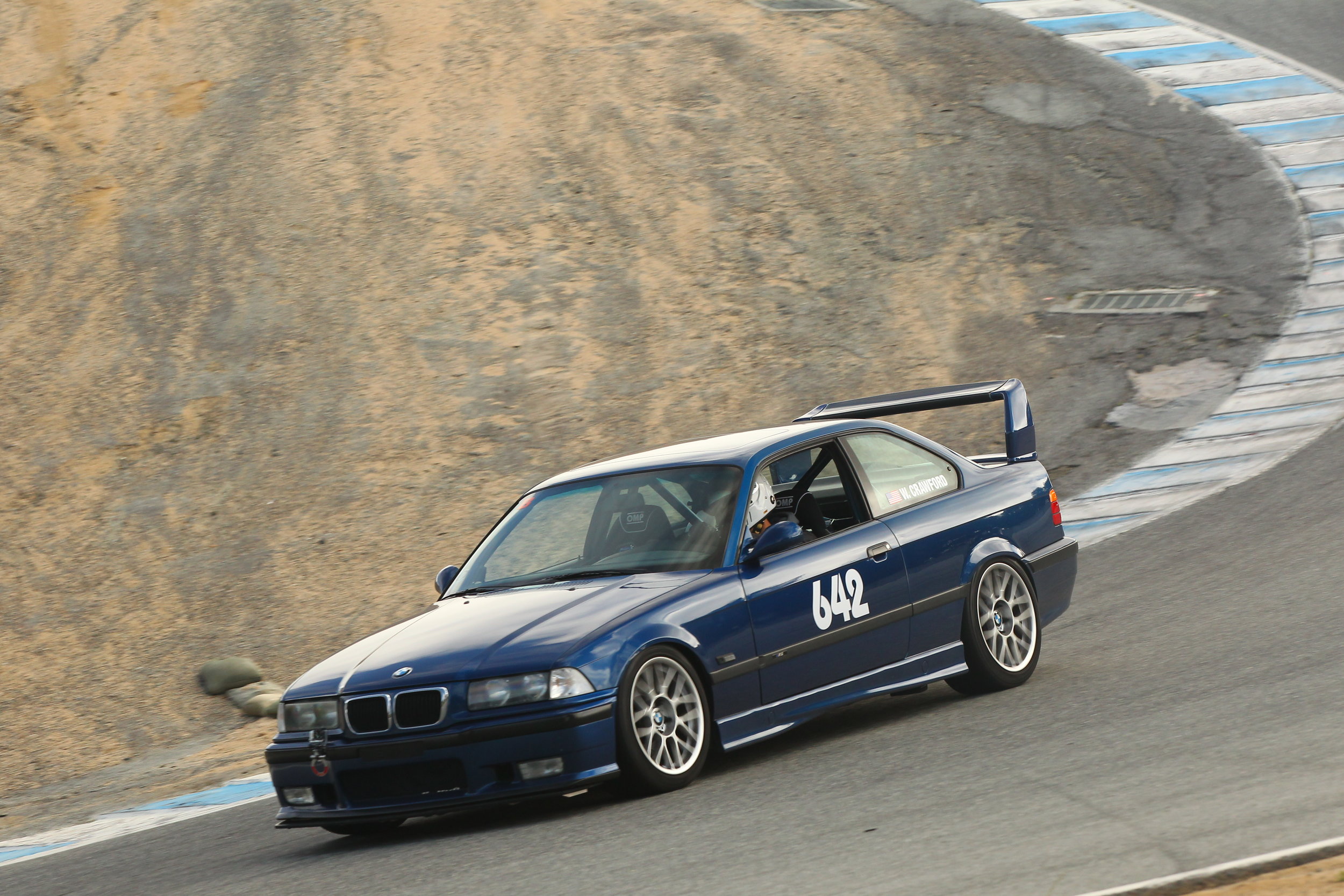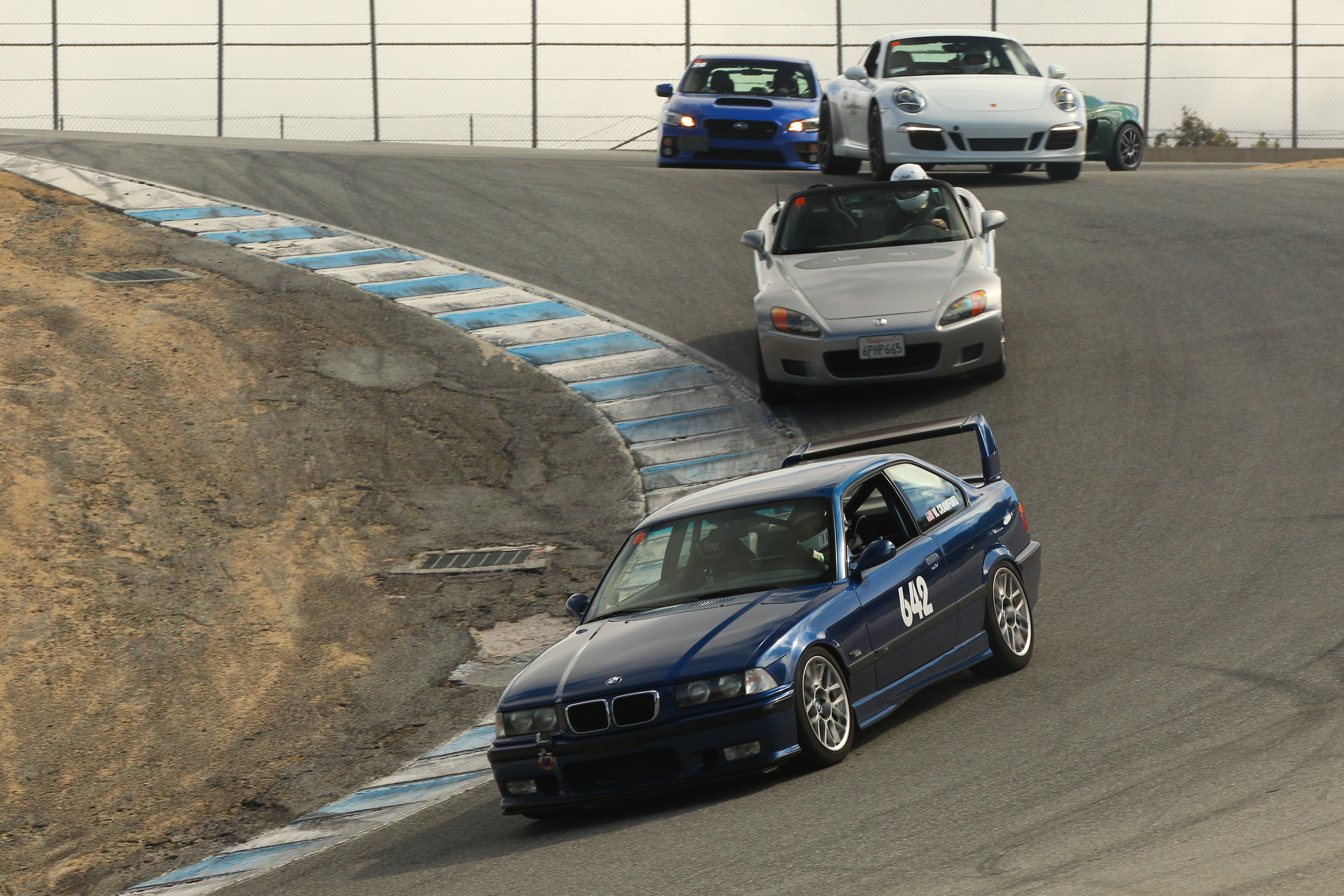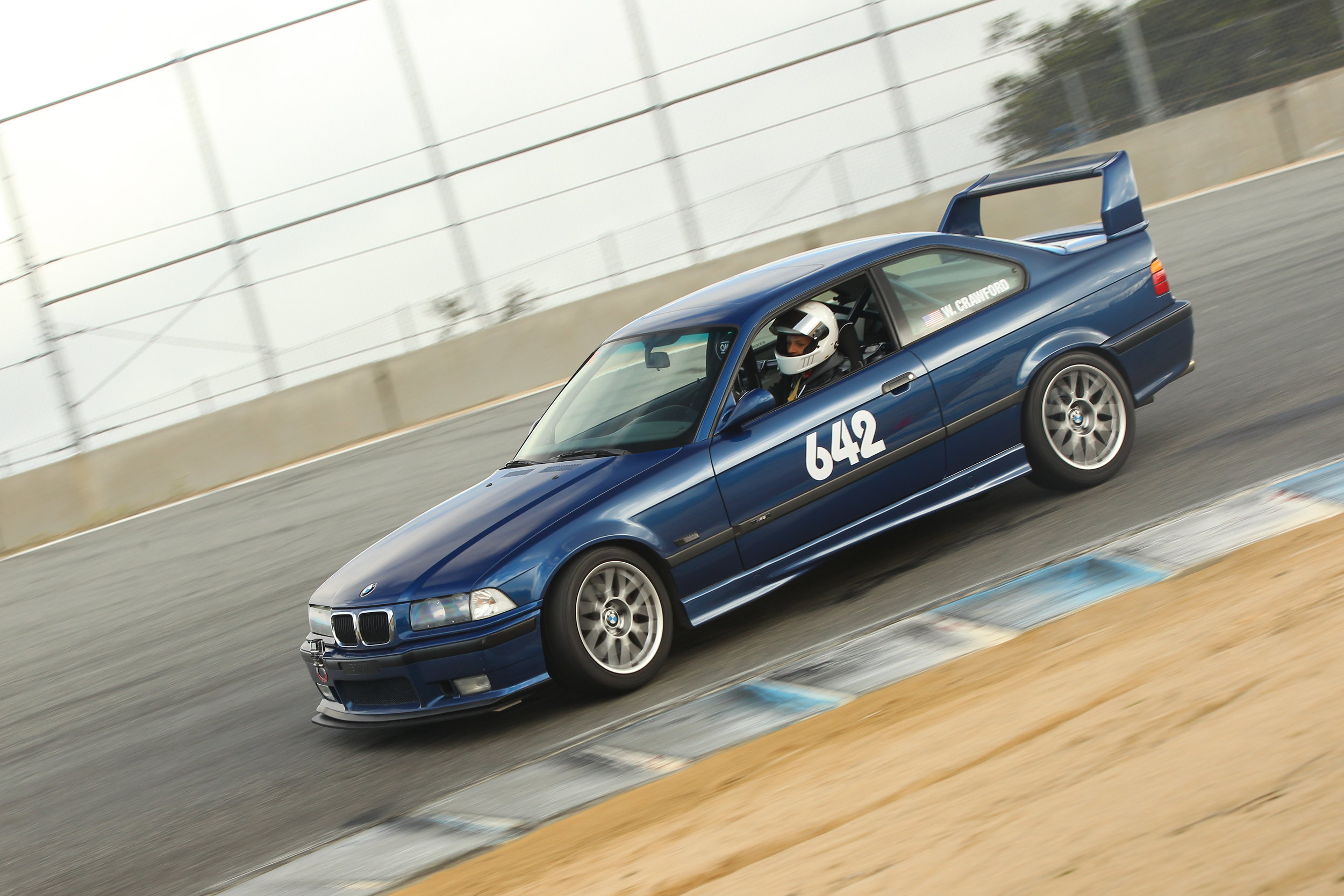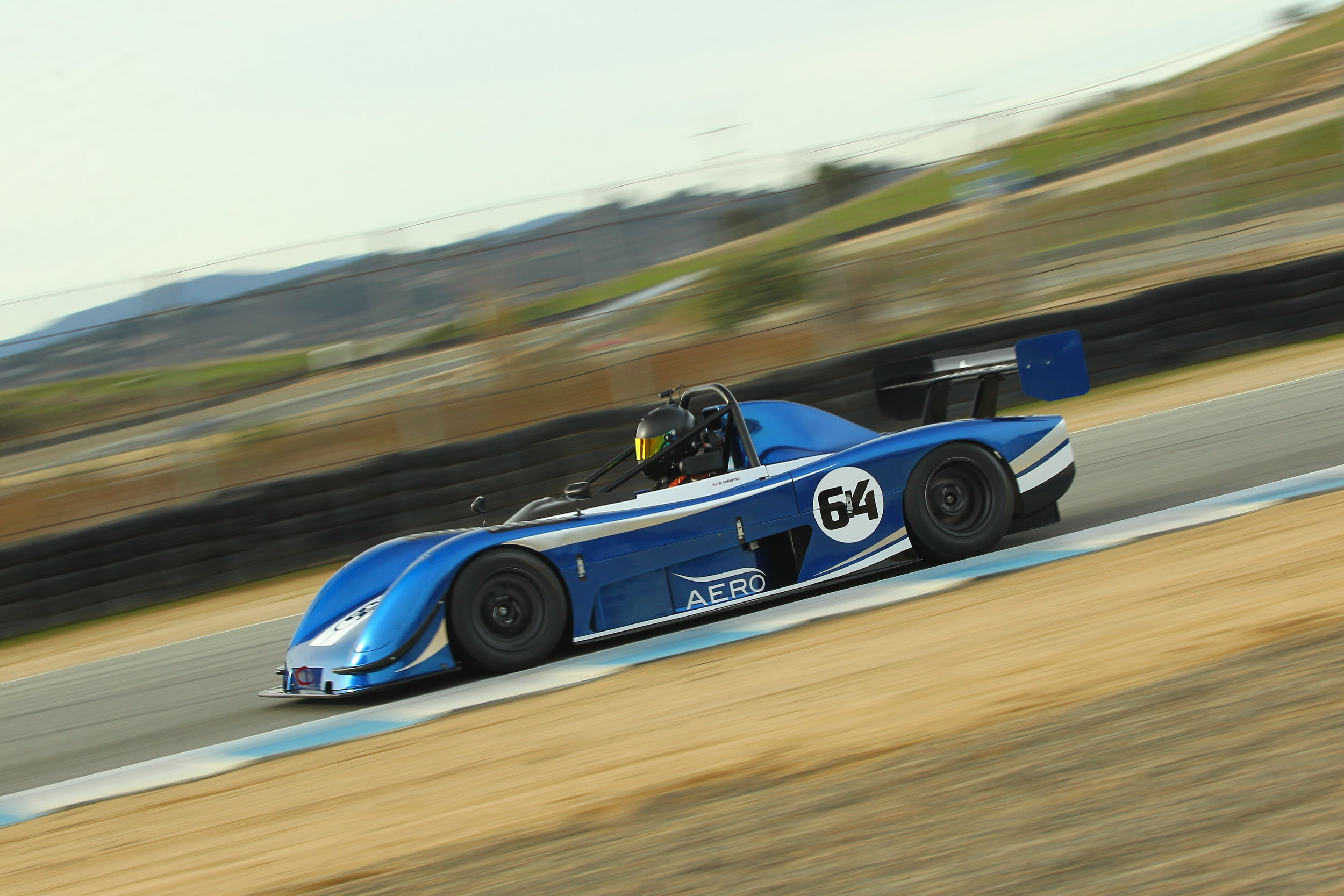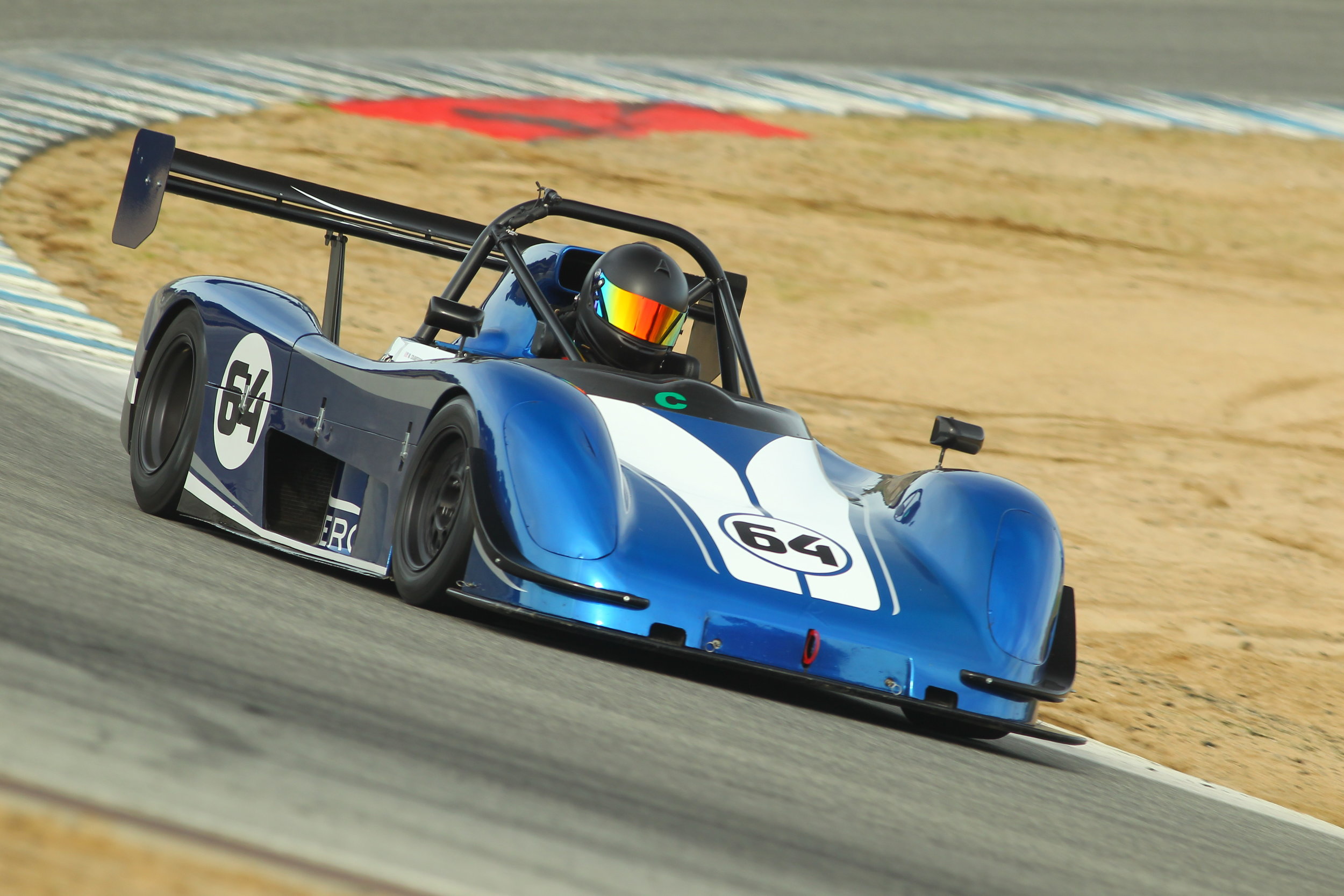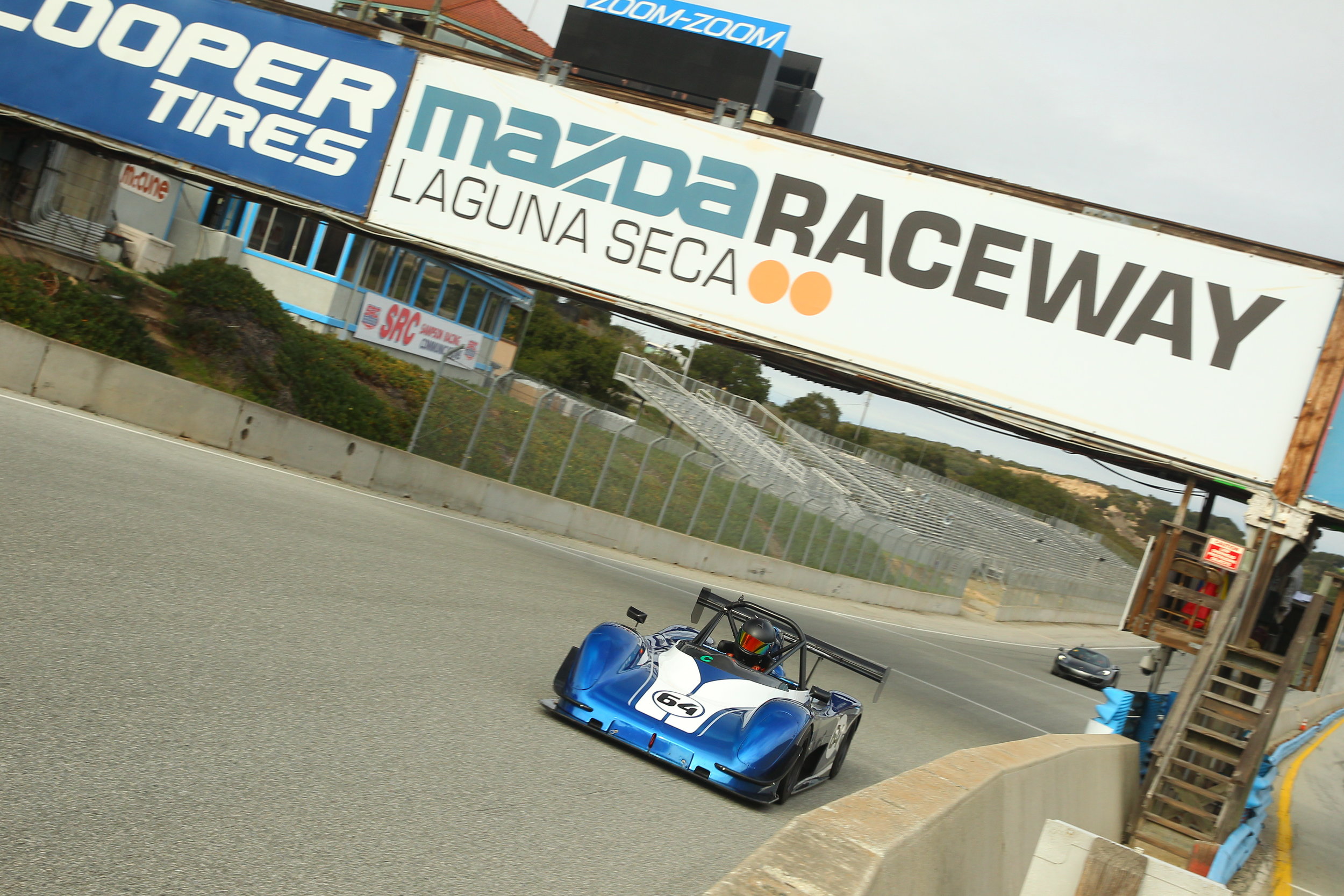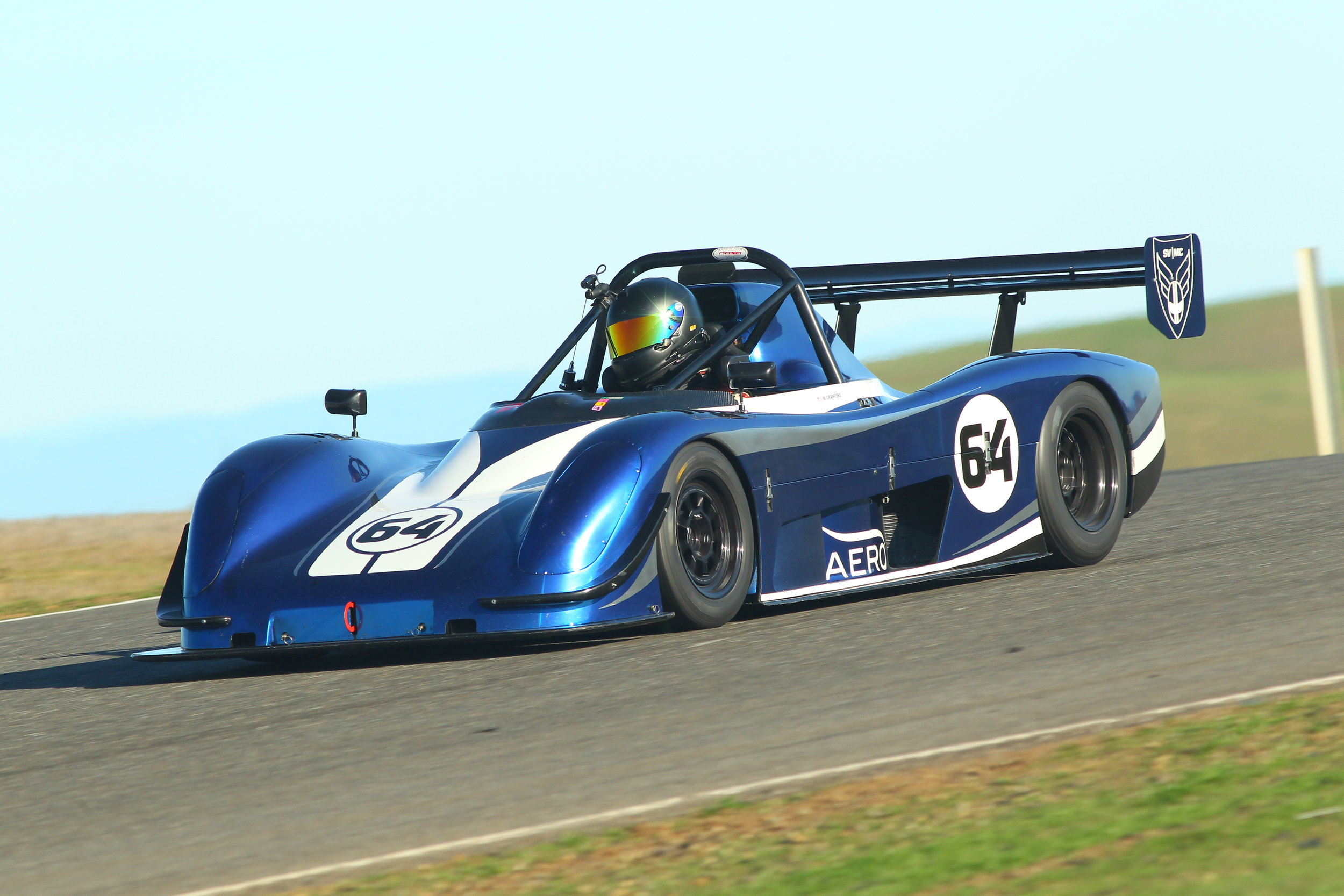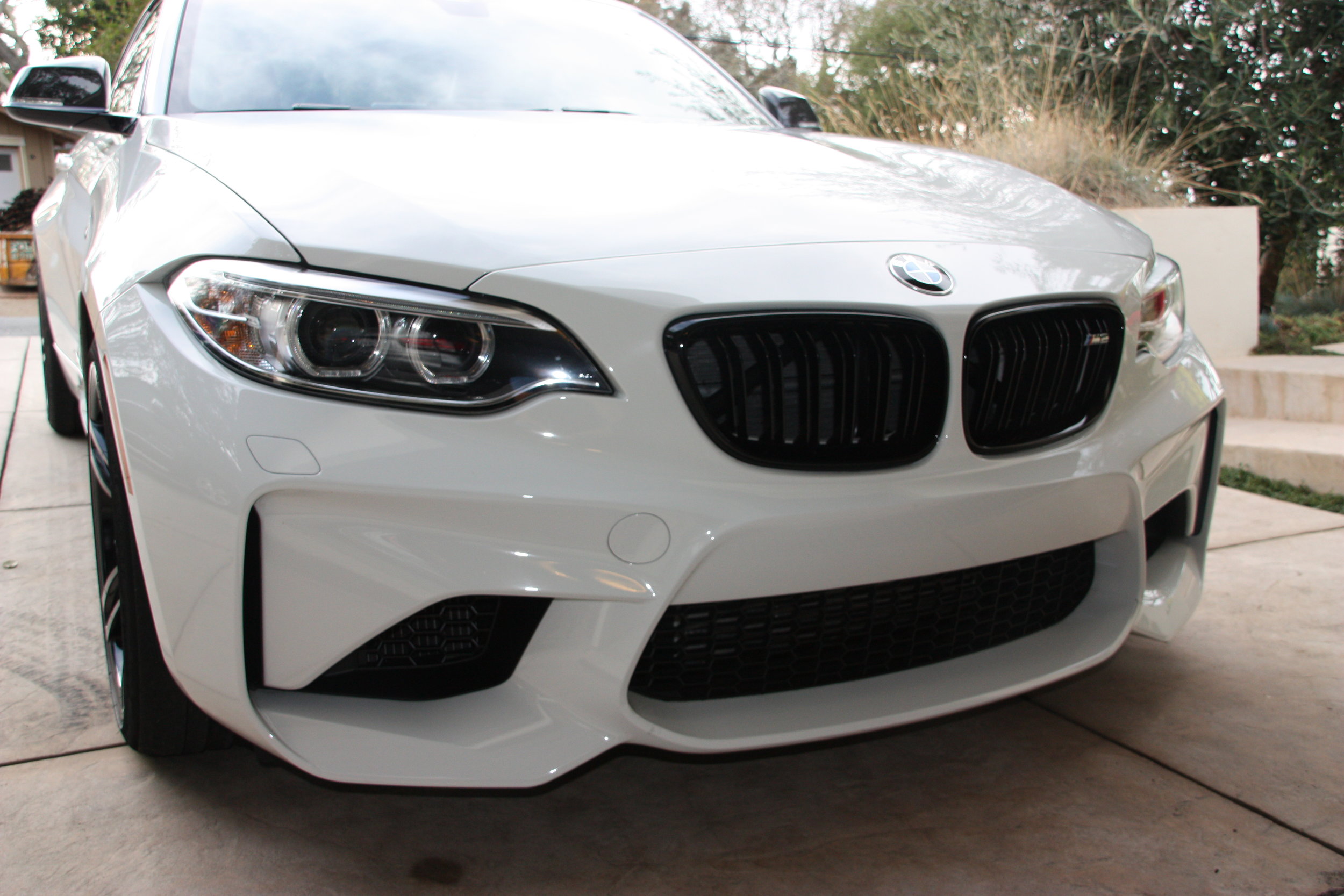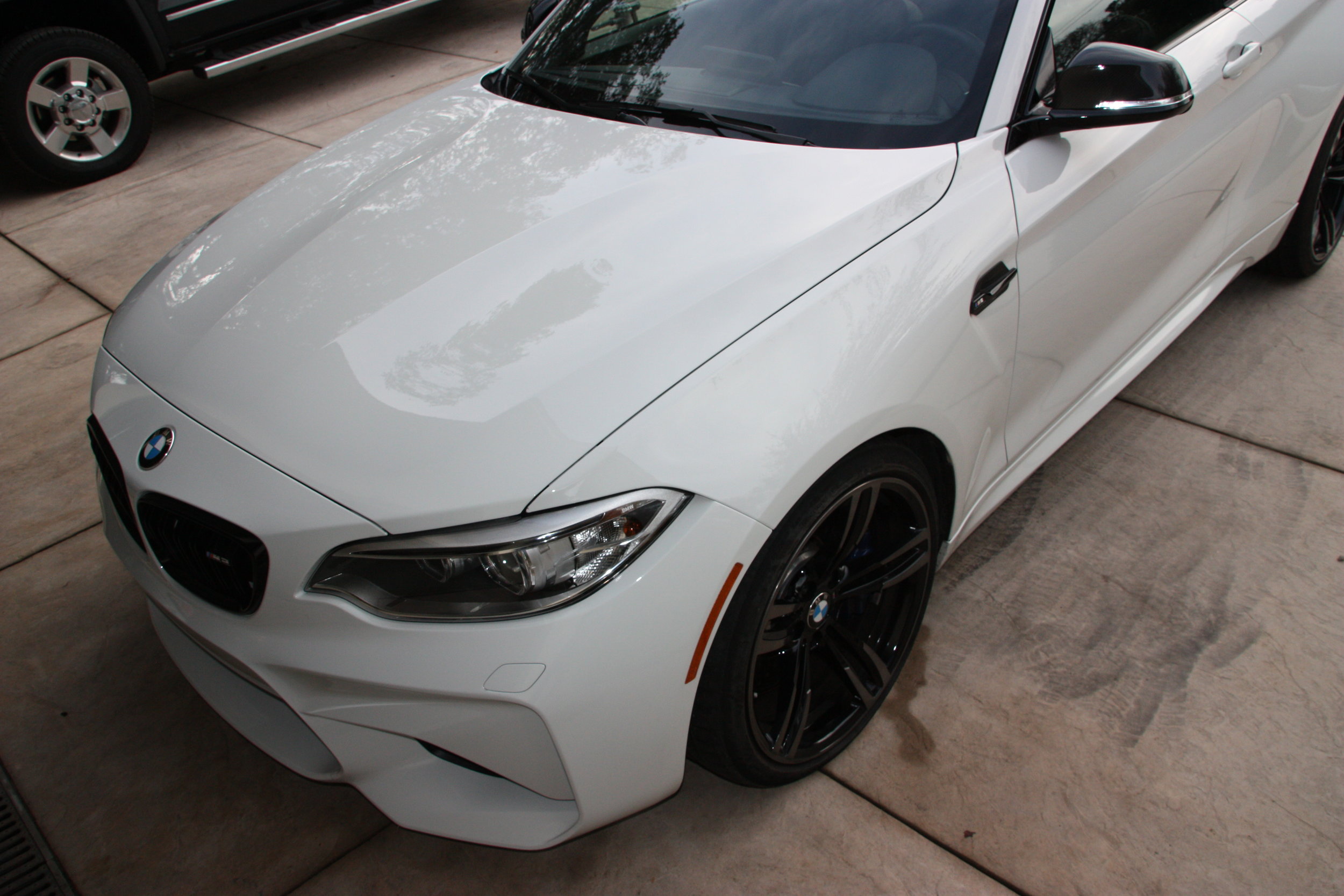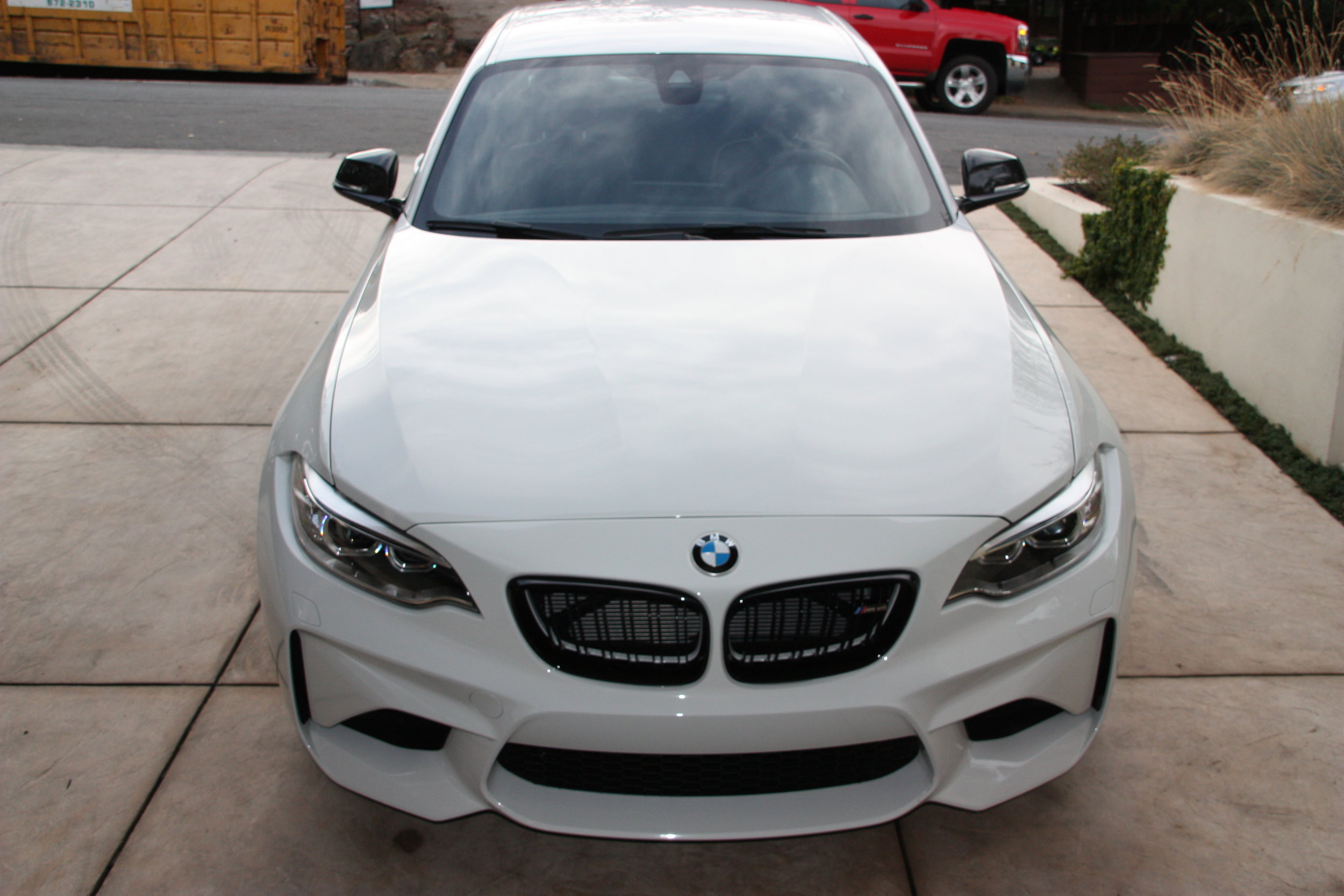Virtually any street car (no matter how expensive) is likely to have subpar seating for the track. I have driven some of the nicest street cars you can buy (Ferrari, Lamborghini, Porsche, McLaren, and others) and all had subpar seats for the track. Don't get me wrong, these cars have great seats just not ideal seats for the track. Most sports cars don't have enough lateral support, no or poorly placed harness passthrough holes, and their seats usually weight 50lb+. The M2 was no exception. While the seats where great for the street with nice materials, comfort, and design....they were not up for track duty.
I decided I wanted proper racing seats but I wanted them to be streetable. Many race seats have so much lateral support it is a challenge to get in and out of them. Also many have a halo design which is safer on the track but tends to cause visibility issues and are in fact not street legal. So that meant I needed to find proper racing seats that had the safety and support I wanted for the track but that were street legal and manageable enough for ingress and egress.
With that as the decision criteria I looked at all the usual suspects (Recaro, Sparco, OMP, Momo, Racetech, Sabelt) and while all of these are excellent seats none really fit my criteria. They were either too street focused or so track focused that they were not practical for the street. Some companies had the right type of seat but I did not fit them very well due to the width of the bucket or the height of the harness passthroughs.
I then checked out Cobra and found what I was looking for. Cobra is a UK based seat company that has the full spectrum of seats from vintage, to street, to extreme racing. One of their more popular designs is the SUZUKA PRO and for a period of time that was my first choice as I fit great in it....but the lateral support was so extreme for a dual purpose car it wasn't practical enough for my application. I then talked to Cobra and learned that the IMOLA PRO was very similar to their Suzuka Pro in design, but the Imola Pro had slightly less lateral support that resulted in better ingress and egress for the street while still giving enough support for the track.



Another advantage to Cobra seats is that many of their seats come in two different widths and many also offer their Pro-Fit system. The Pro-Fit system is where they offer multiple thicknesses of the back, bottom, and leg support pads. So between having two widths to choose from and three thicknesses of pads you have 36 different options to get a near custom fit.
I then had to decide what mounting hardware I was going to use to fit the Cobra Imola Pro seats into the factor mounting points of the M2. I ended up going with a company I have used in the past, VAC Motorsports. They have custom rails for the M2 that give dozens of options on where you mount the seats in order to get the perfect position. They also offer accessories for the rails such as sliders, a fire extinguisher mount, 3 point seat belt mounts, harness mounting points, and even a sub strap mounting bar. Because this was a dual purpose car I opted to have both 3 point (for the street) and 6 point (for the track). I also wanted the seats to be on sliders so that a variety of drivers and passengers could be comfortable. Finally I wanted the first extinguisher mount as some of the organizations I run with have that as a requirement. I called VAC and they were able to pull together a package for me that gave me all the options I needed.
As for the 6 point harnesses, I again went with a company I have used before. Schroth Racing is a trusted name in motorsports and I have still not found any harness I like better. I went with their Flexi 2x2 6 point. It is great with a Hans device, comfortable, and easy to adjust.
A word of caution to those that are going to do something similar to a modern car. Keep in mind that once you remove factor seats you will throw a ton of error codes and your dash will light up like a Christmas tree. By removing the factory seats I had warning messages for airbags, seat belts, seat heaters, position memory, and passenger sensing. All of those needed to be coded out which I did by working with CodeMyCar.
With all that done I still had two decisions to make. 1) What do I do with my factory M2 seats? and 2) Do I stay with the theme of a factory GTS style build and thus reupholstery the race seats to match OEM materials? As you can see below I was able to fab up a mounting plate and convert my M2 seats into office chairs, which are surprisingly comfortable. For question #2, I figured that if you go this far you might as well go all the way. So I am currently working with a custom upholstery shop to make the race seats match OEM materials of leather, Alcantara, and polar blue stitching. More on that in a future blog post around the custom interior - which might have been the hardest part of this whole project.









